Over the past thirty years, since Vietnam joined the global Internet in 1997, the scale of Vietnam's Internet has become larger, Internet connections have become faster, and technology has become more modern.

Vietnam officially joined the global Internet in 1997. Over the past thirty years, the scale of Vietnam's Internet has grown larger, Internet connections have become faster, and technology has become more modern.
Today, Internet infrastructure is digital infrastructure for national digital transformation, promoting economic and social growth.
To ensure that Vietnam's Internet develops faster, safer and flatter, in addition to investing in building and upgrading infrastructure, Vietnam must face issues arising from managing and exploiting the Internet, new technologies, network security and information security.
Rapid development
After many efforts to bring the Internet to Vietnam, on November 19, 1997, Vietnam Posts and Telecommunications Group ( VNPT ) and Netnam Joint Stock Company were the first units to be provided with Internet services. At that time, Vietnam's Internet infrastructure only had a speed of 64 Kb/s connecting internationally for about 300 people with the main direction being the United States and Australia. At the time of its provision, each time the Internet was connected, the user's phone line would not be able to listen or make calls because the service at that time was only accessible via dial-up or via a landline.
At first, the Internet in Vietnam was very limited because the policy was to manage it before exploiting it. Later, due to the essential needs of international integration and technological development, Vietnam changed its direction to develop to where it needs to be managed, that is, state management must keep up with the development of the Internet. Recognizing the great contributions of the Internet to the development of humanity in general and of Vietnam in particular, currently, policies and guidelines on the Internet not only keep up but also need to be appropriate to orient, promote, and support the Internet to develop faster.
Under the policy changes, Vietnam's Internet has made great strides. According to statistics, in 1997, Vietnam had only about 200,000 Internet users. Five years later, there were about 3 million people (equivalent to 4% of the country's population) using the Internet. In 2007, Vietnam had nearly 20 million Internet users, an increase of nearly 7 times and accounting for about 24% of the country's population.
By January 2024, according to statistics from Wearesocial and DataReportal, Vietnam had 78.44 million Internet users, equivalent to 79.1% of the population. It is currently estimated that Vietnamese users spend an average of nearly 7 hours per day participating in Internet-related activities, and the percentage of users in Vietnam using the Internet daily is up to 94%.
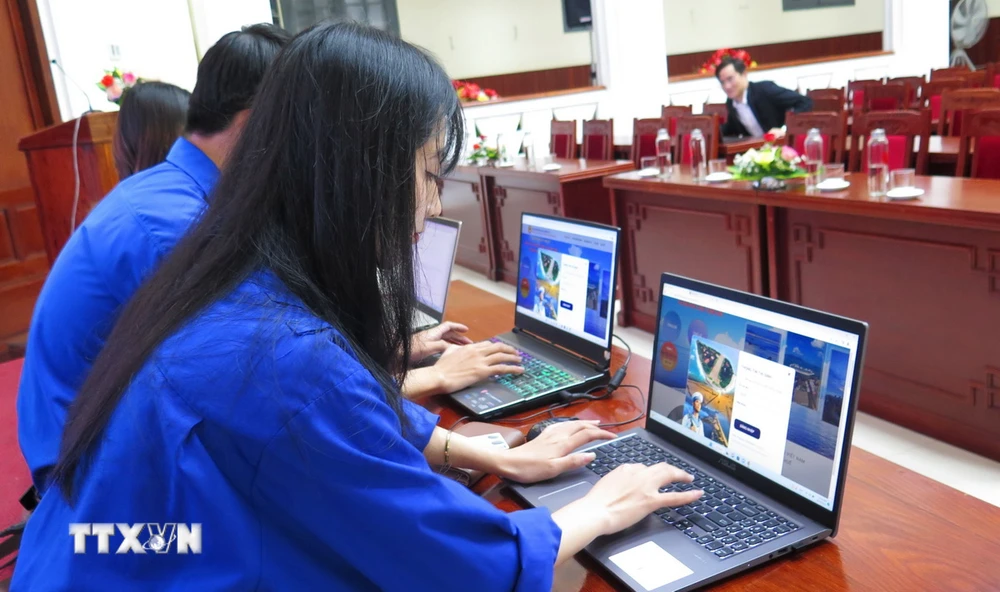
Talking about the development of the Internet in Vietnam, Mr. Nguyen Vu An, General Director of NetNam Joint Stock Company, one of the first units licensed to exploit the Internet in Vietnam, shared that 30 years ago, the Internet was something very vague, new and strange to Vietnam. Now, the Internet is an indispensable component.
According to statistics from the Ministry of Information and Communications , as of October this year, the rate of mobile phone subscribers using smartphones in Vietnam has reached 88.7%; the number of households with broadband fiber optic Internet accounts for 82.3%. Currently, 4G network coverage in Vietnam is 99.8%. The conversion rate to using Internet Protocol version 6 (IPv6) in Vietnam is about 60%, among the top 10 countries in the world.
Since October 15, the 5G network has been officially commercialized by the Military Industry and Telecommunications Group (Viettel). Vietnam's goal is that by 2025, 100% of households will have fixed broadband connections, with 90% of users having access to fixed Internet, with an average speed of 200 Mb/s. By 2030, 100% of users will have access at speeds above 1Gb/s. Vietnam is among the top 30 countries in information technology and will successfully transition to IPv6.
Deputy Minister of Information and Communications Pham Duc Long said that by 2025, Vietnam's Internet will be wider, faster and safer. Vietnam has built an advanced digital infrastructure, leading the Southeast Asia (ASEAN) region. By 2030, the 5G mobile network will cover the whole country and all people will have access to broadband Internet at low cost.
With these goals, the role and responsibility of the Information and Communications sector is to build a technologically autonomous, widespread, modern and secure Internet infrastructure, promote and protect the safety of data flows in cyberspace, and lead the process of integrating the Internet into all socio-economic development activities.
Ensuring Internet Security
The Internet is one of the most important infrastructures for the development of digital data, digital technology and digital transformation in Vietnam. To meet the increasing demand for Internet use, Vietnam's digital infrastructure must have super large capacity, super wide bandwidth and popular high-speed Internet. It is worth noting that in order for Vietnam's Internet services to be sustainable, green, smart, open and secure, the Internet infrastructure needs to change, improve, and be compatible with the development of new technologies while still ensuring safety and sustainability.
Mr. Nguyen Hong Thang, Director of Vietnam Internet Center (VNNIC), said that the Internet is strongly affected by the rapid development and application of new technologies such as 5G, IoT, cloud computing, big data, AI...
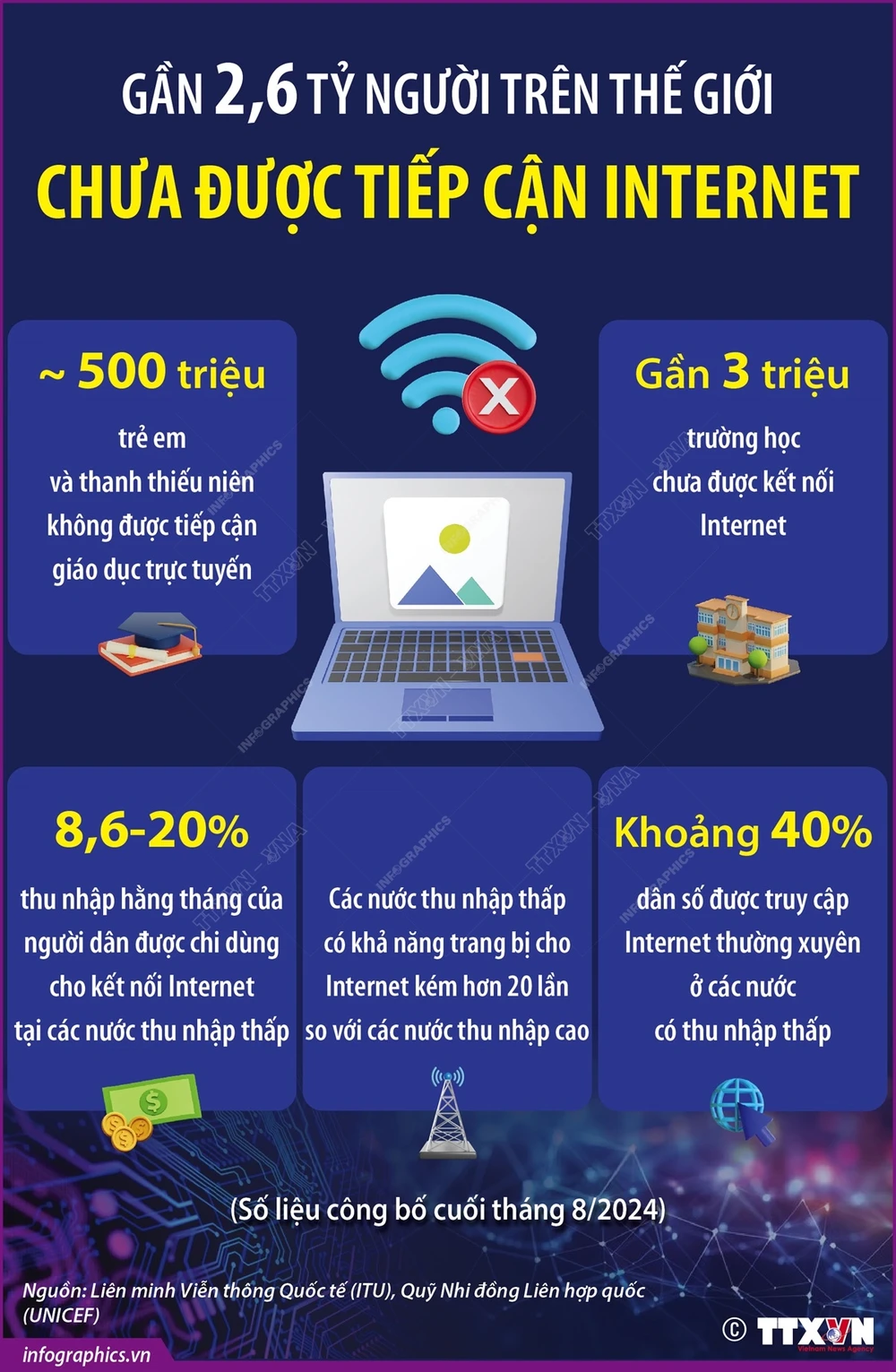
Recently, there have been many difficulties and challenges from the development of artificial intelligence (AI) technology, the abuse of Internet resources to carry out fraudulent and harmful actions and activities to Internet users. Obviously, technology creates many values but at the same time also creates many problems. The most effective way is to use technology to solve problems arising from technology because only applying technology can solve many large-scale problems and have fast processing speed.
Internet service providers need to ensure the provision of an open, secure and stable Internet network through the allocation of Internet resources. Only when the Internet environment is secure can digital trust for network users be built and strengthened. Internet infrastructure is the core infrastructure for digital transformation, digital economic development and digital society.
To ensure safety, at the first level, it is necessary to have proper awareness and appropriate investment from the Internet network infrastructure layer. The cooperation and collaboration of both the technical community and parties in the Internet ecosystem is a decisive factor to ensure the safety of Vietnam's Internet infrastructure.
To minimize negative behavior in cyberspace, on November 9, 2024, the Government issued Decree 147/ND-CP/2024 on management, provision and use of Internet services and information on the Internet. The Decree will be applied from December 25, 2025 with many new regulations added on authentication, filtering, user protection... to overcome existing problems and shortcomings, ensuring compliance with the development trend of digital technology integration, digital content and Internet services.
Mr. Vu The Binh, General Secretary of the Vietnam Internet Association (VIA), said that with the new regulations of Decree 147/ND-CP/2024, in the coming time, Internet users will be more aware of their position on the Internet, with daily applications, reducing the "virtual" element and getting closer to real life. Stakeholders in the Internet ecosystem understand their rights and obligations, thereby focusing on investing in technology, processes, and awareness to contribute to making activities in cyberspace healthier.
Service providers will have to take on additional responsibilities, including legal and technical ones, and will need to invest more in technical systems, processes, and service operations to ensure cybersecurity requirements in the current period.
To create a picture of a bigger, faster, safer, flatter future Internet in Vietnam, along with enhanced communication activities to raise awareness of safety for Internet users, when regulations are well implemented, State agencies expect to minimize negative aspects in cyberspace, especially online fraud activities; use new solutions and technologies in managing and developing Internet infrastructure; apply technology in assessing, monitoring, measuring and exploiting Internet data to serve the construction of digital infrastructure and national digital transformation./.
Source: https://www.vietnamplus.vn/dau-tu-ha-tang-va-dam-bao-an-toan-de-phat-trien-internet-viet-nam-post994487.vnp


![[Photo] Prime Minister Pham Minh Chinh receives a bipartisan delegation of US House of Representatives](https://vphoto.vietnam.vn/thumb/1200x675/vietnam/resource/IMAGE/2025/5/28/468e61546b664d3f98dc75f6a3c2c880)




![[Photo] Vietnamese and Hungarian leaders attend the opening of the exhibition by photographer Bozoky Dezso](https://vphoto.vietnam.vn/thumb/1200x675/vietnam/resource/IMAGE/2025/5/29/94d8ceca5db14af3bf31285551ae4bb3)



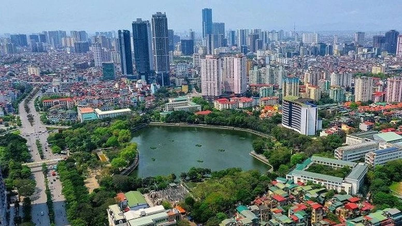











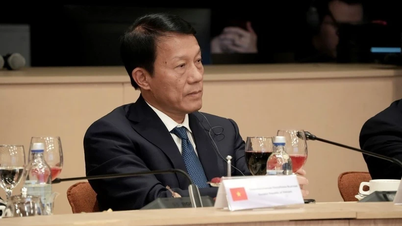

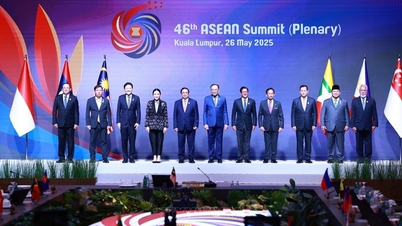
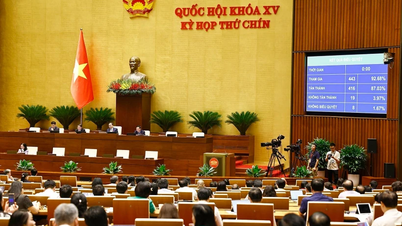
![[Photo] 12th grade students say goodbye at the closing ceremony, preparing to embark on a new journey](https://vphoto.vietnam.vn/thumb/1200x675/vietnam/resource/IMAGE/2025/5/28/42ac3d300d214e7b8db4a03feeed3f6a)






















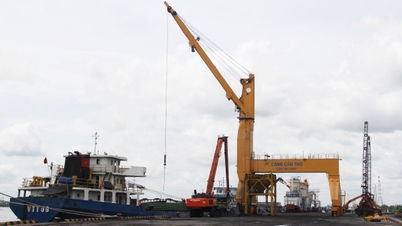











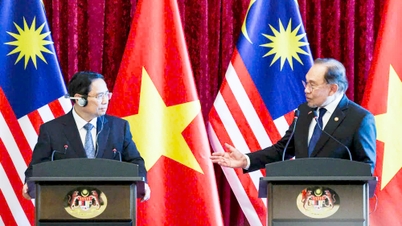














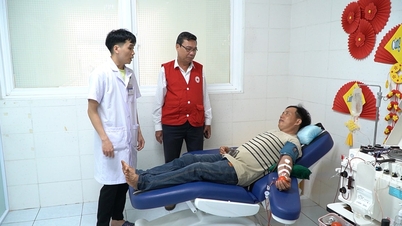



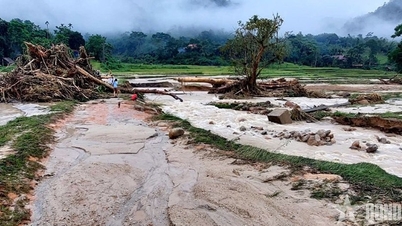










Comment (0)